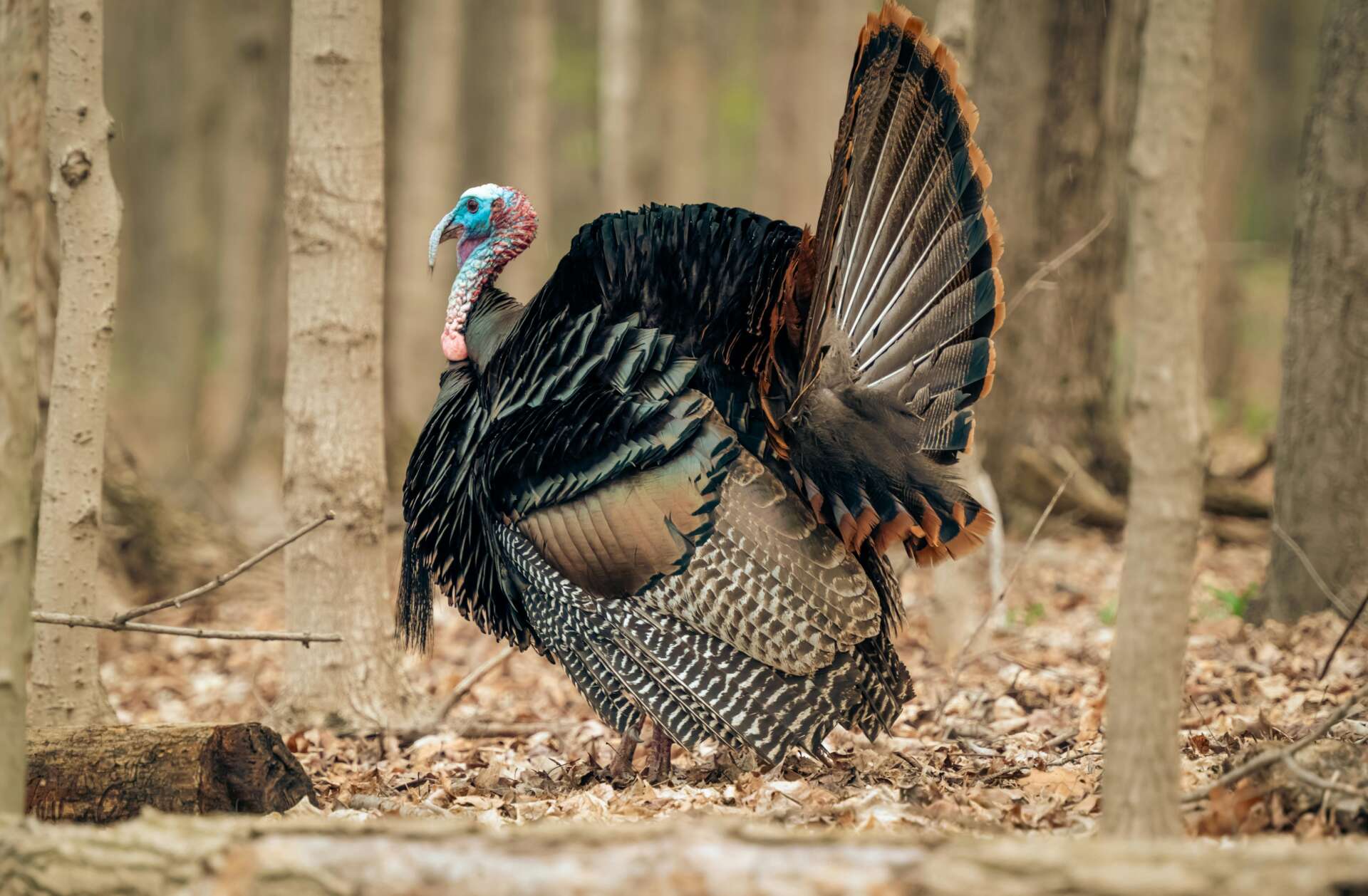Summary of Who are you calling a turkey?:
Joe Mendelson highlights the cultural significance of turkeys in American Thanksgiving, emphasizing that the domestic turkey comes from the wild turkey species native to North America. Indigenous peoples in both North and Central America have consumed turkeys for generations. Domestication began with the indigenous cultures of southern Mexico in the 1500s and was furthered by Spanish conquerors.
The wild turkey’s historical U.S. range has notably decreased due to deforestation and the chestnut blight’s impact on their food sources. By the 1920s, wild turkeys had disappeared from many Northeastern and Midwestern states. Efforts to revive the wild turkey populations in the 20th century initially struggled due to unsuccessful captive breeding. However, reintroducing turkeys captured from small, remaining wild groups to their historical habitats proved effective. Hunting of turkeys was allowed again in the 1970s with strict regulations.
Despite this success, conservationists have concerns about turkeys being introduced outside their original habitats, as in California, where they have become a new ecological threat to native species. Joe Mendelson points out the irony in celebrating these turkeys as a conservation success when they have become non-native invasive species in some areas.
While Atlanta’s Zoo does not have a wild turkey exhibit, Mendelson notes the presence of turkeys in the nearby Grant Park neighborhood and recounts seeing them interact with animals at the Zoo.
The article references research by Thornton on turkey husbandry and concludes with a reminder for people to stay observant, as wild turkeys can still be seen in urban environments.
– The hidden history of turkey domestication and its ties to cultural traditions
– The wild turkey’s difficult journey from near extinction in the U.S. to a celebrated recovery
– The ecological consequences of introducing wild turkeys into non-historical ranges
– Unexpected turkey sightings in urban areas and local neighborhoods
– Reflections on the balance between wildlife conservation success and ecological integrity
Thanksgiving is synonymous with the image of a roasted turkey, golden and fragrant, at the center of a bustling table. It’s an enduring emblem of abundance, gratitude, and family ties. This plump bird, now so seamlessly woven into the fabric of an annual tradition, carries a richer tale than its mere existence as our festive centerpiece. Let’s unfurl the intriguing feathered tapestry of the turkey, exploring the avian legend that almost wasn’t.
At the heart of the turkey’s story is an incredible journey that spans centuries, crosses borders, and involves many characters, both human and feathered. And while the holiday bird seems commonplace in our modern narrative, its wild ancestors boast an impressive lineage that predates our festive gatherings by millennia.
Turkeys are not just birds; they are living symbols of resilience. The domestic turkey owes its lineage to the wild turkey, specifically to the now-extinct Meleagris gallopavo gallopavo. But the tale of the turkey doesn’t start in the oven; it begins under the vast canopies of forests and across the landscapes where Indigenous cultures once thrived. These early humans didn’t merely hunt turkeys – they revered and managed them, integrating them into their lives as a crucial food source.
The saga of the wild turkey in North America is one of dramatic ups and downs. Once the rulers of their roost, wild turkeys roamed across many states. Imagine a time when Connecticut’s verdant hills echoed with their gobbles and Vermont’s crisp autumns were punctuated by the rustling of turkey feathers. However, this abundance was not to last. Habitat destruction and over-hunting plummeted their numbers, catalyzing a disappearance act across multiple states by the 1920s.
Enter the conservation heroes – those determined to rewrite the turkey’s fate. It’d be uplifting to say that captive breeding programs heralded the turkey’s return, yet nature had a different script in mind. These programs failed largely due to unforeseen challenges, but an innovative solution lay in the turkey’s wild instincts. Relocation of wild birds proved a triumphant stratagem, rekindling turkey populations with the ember of their resilience.
But the plot took a twist. Eager to revitalize turkey numbers, agencies repopulated areas beyond the birds’ original territories. Did we pen a success story or script an ecological misstep? In places like California, turkeys now forage in habitats they never knew. This unintended introduction has raised eyebrows among conservationists, who question the victory of a non-native species flourishing outside its historical stomping grounds.
Amid our urban sprawl, turkeys defy expectations and wander our city parks and neighborhood streets – a testament to their adaptability. They strut among us in Atlanta’s Grant Park, deftly navigating forest and concrete jungles. They remind us that the wild can sometimes be closer than we think, sharing space with giraffes and zebras at the local Zoo as casually as if attending a dinner party.
Reflecting on the turkey’s saga, let’s ponder the delicate dance between conservation success and environmental balance. We strive to save species from the brink but must heed the ecological web we alter. As you indulge in the next Thanksgiving feast, take a moment to appreciate the turkey – not just for its delectable presence on your plate, but for the unparalleled journey it embodies, a story to prod our consciousness and satiate our wonder for the natural world.
As we peel back the layers of our feathered friend’s narrative, we realize there is still much to learn from these creatures. They symbolize more than just a holiday tradition; they encourage us to question our impact, inspire us to adapt and overcome, and ultimately challenge us to define true conservation success. So, the next time you catch a glimpse of a turkey beyond your window or hear a distant gobble, pause and consider the complex tapestry of history, survival, and coexistence they represent.


